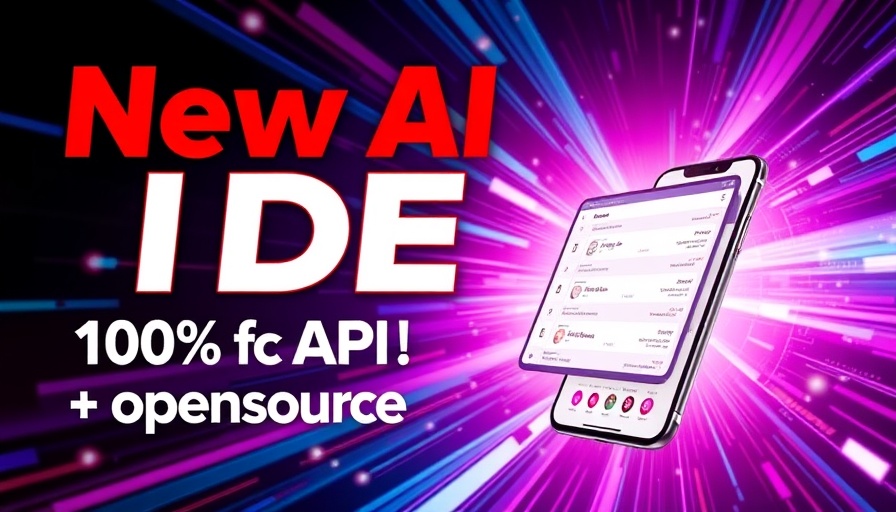
Revolutionizing Coding: Meet Refact AI
Are you ready for a game-changer in software development? Meet Refact AI, the fully free open-source AI software engineer that has taken the tech community by storm. With its remarkable capabilities, it has secured the number one rank on the Swaybench verify test for open-source AI agents. This accolade highlights its potential to transform how developers work, making it an exciting tool for both novices and seasoned programmers alike.
In Refact.ai: NEW FULLY FREE AI Software Engineer Is Insane! RIP Cursor & Github Copilot!, the discussion dives into the capabilities of the new Refact AI tool, exploring key insights that sparked deeper analysis on our end.
Uncovering the Features of Refact AI
Unlike other AI tools, Refact AI is designed to integrate seamlessly with your existing tools, adapting to your workflow almost instantly. It acts like an additional developer integrated within your environment, allowing real-time interaction. You can ask it to plan, execute, and deploy programs all in one place! Imagine coding alongside an AI that understands your codebase, can provide context awareness, and supports multiple coding languages.
The Power Behind the Performance: Swaybench Standards
Refact AI's impressive performance—resolving 352 out of 500 tasks with a score of 70.4%—speaks volumes about its capability. Swaybench, a well-respected testing benchmark for programming agents, verifies such claims by evaluating the agent's efficiency in solving real-world tasks. This recognition places Refact AI at the forefront, especially for developers looking to enhance their productivity through AI.
How to Get Started with Refact AI
Getting started is surprisingly straightforward. Developers can simply download Refact AI from the Visual Studio Marketplace, project it onto their existing IDE, and log in using their preferred account—be it Google or GitHub. The clean user interface features a chat functionality similar to popular communication platforms, allowing users to input commands in natural language. No need for complex programming jargon; communicate with Refact as if it's a fellow developer!
The Future of AI in Software Development
The landscape of software engineering is evolving. As AI tools like Refact become more integrated into coding practices, we need to consider not just the efficiency they bring but also ethical implications in their use. How can we ensure ethical use of AI, and what responsibilities come with employing such powerful tools? With ongoing debates regarding AI ethics and its impact on various sectors, understanding these aspects will become increasingly essential.
As you explore Refact AI, take a moment to reflect on how AI will continue to shape the future of technology and consider subscribing to the World of AI newsletter for updates on cutting-edge advancements in the AI landscape!
 Add Row
Add Row  Add
Add 




Write A Comment